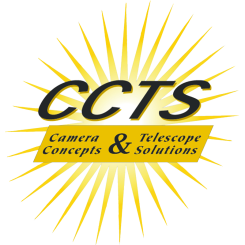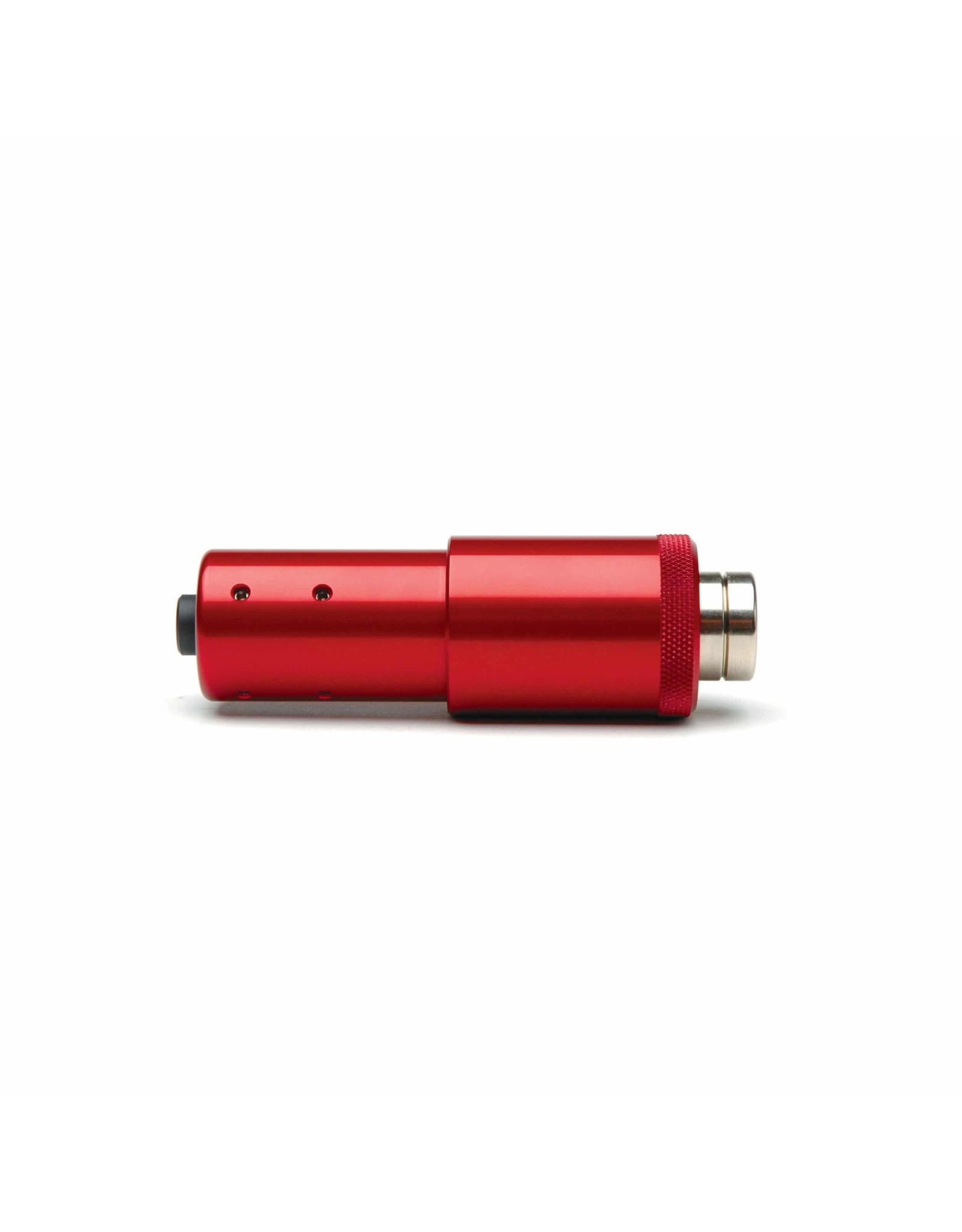Farpoint 650nm Laser Collimator - 1.25 Inch
| Article number: | FP211 |
| Availability: | More on the Way to us |
| Delivery time: | More on the Way to us |
Farpoint’s laser collimators are the very best available. Here is why:
All Farpoint laser collimators have a LIFE TIME Alignment Guarantee. We will realign any Farpoint laser collimator for free! But Farpoint lasers keep their factory alignment. This is due to our robust laser body and (most importantly) our unique alignment screw design explained below. Farpoint has never had a laser returned for realignment that didn’t show deformation of the laser body itself. You have to hit it THAT HARD to knock it out of alignment! So short of dropping it off an 11-foot ladder, ripping out the threaded switch and leaving a dent in the laser body (yes, that has been done) you just can’t knock a Farpoint laser out of alignment in normal use. But hey, if you do drop your Farpoint laser off of an 11-foot ladder we will realign it for free anyway. (Please try not to do that as you could seriously hurt somebody on the ground).
Farpoint lasers have EIGHT alignment screws instead of six, four, or even three as in some other lasers. Instead of a staggered arrangement (top hole, bottom hole, top hole) that can allow the diode to move, BOTH ends of the laser diode are held in place by two sets of directly opposing screws for precise and lasting alignment. Again, only Farpoint lasers have this superior alignment screw arrangement with four DIRECTLY OPPOSING screws aligning the top of the laser diode and another four DIRECTLY OPPOSING screws aligning the bottom of the laser diode. Other lasers have fewer alignment screws and/or each end of the diode is not held firmly in position by directly opposing screws.
Farpoint laser bodies are precisely machined from a single piece of aluminum in a single machining step, resulting in perfect alignment. Because the Farpoint laser is a single piece, movement between two or more assembled parts of the collimator is not an issue as it is with some other collimators. Also, because all the machining is done in a single step, there can be no miss-alignment when the collimator is removed and then returned to the machine for subsequent machining(s) as is done with other brands of laser collimators. Rugged, yet smooth, this tool fits nicely into the palm of your hand, and will provide years of trouble-free, accurate mirror alignments.
Farpoint lasers have a small aperture (0.76mm or 30/1000 of an inch) for less speckling and more precise reading of the laser beam’s position on the telescope mirror. Farpoint has the smallest aperture of any laser in the amateur astronomy market. The next time you are at a large star party, borrow and compare several laser collimators side by side in a telescope. We think that you will agree that it is easier to read the precise position of a Farpoint laser on the mirror. (While you are doing that, spin each laser in the focuser to see which ones have perfect alignment).
The red color of the Farpoint laser body best shows the position of the laser return beam on the laser body (red shows tightest beam with the least speckling). The easy to use switch has a positive action and it is protected by an aluminum ring to prevent inadvertent power cycling.
Farpoint lasers are designed to fit precisely centered in focuser with no “focuser slop”. Although fancy self-centering mechanisms sound good on paper; the truth is that they start with a much looser fit than Farpoint lasers and then they attempt to take up all this slop in a concentric fashion. It is questionable whether or not rubber bushings and other such contraptions expand in an exactly uniform fashion. In truth, systems like this actually introduce more focuser slop. Worse, special centering mechanisms put the laser collimator in a position different than the position that your eyepieces will occupy when you actually observe. For accurate and “meaningful real-world collimation”, your eyepieces must be in the same position that your laser collimator was in when you collimated your telescope. Farpoint lasers are precisely machined for a tight fit that starts with the least possible error. Farpoint recommends not using your focuser’s set screw at all. But if you use the set screw, do so loosely and install your eyepieces in exactly the same way that you install your laser. Again, your telescope must be collimated by the laser to match the same optical axis that your eyepieces will use when you observe. Anything else is meaningless.
Again, the next time you are at a large star party, Farpoint challenges you to borrow and test other laser collimators side by side with a Farpoint laser. We are confident that the Farpoint laser will come out on top.
Farpoint CNC Machining of Laser Collimator |


